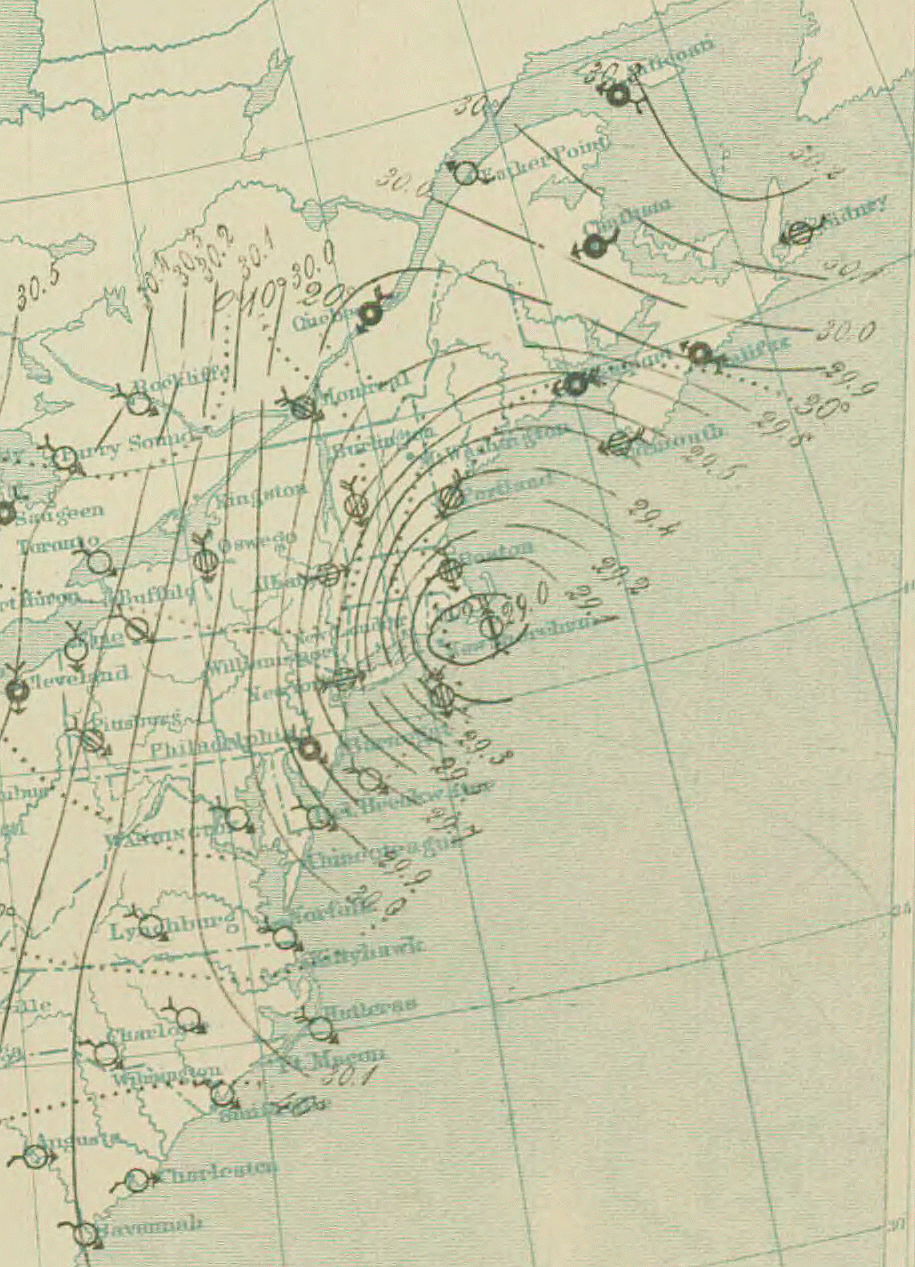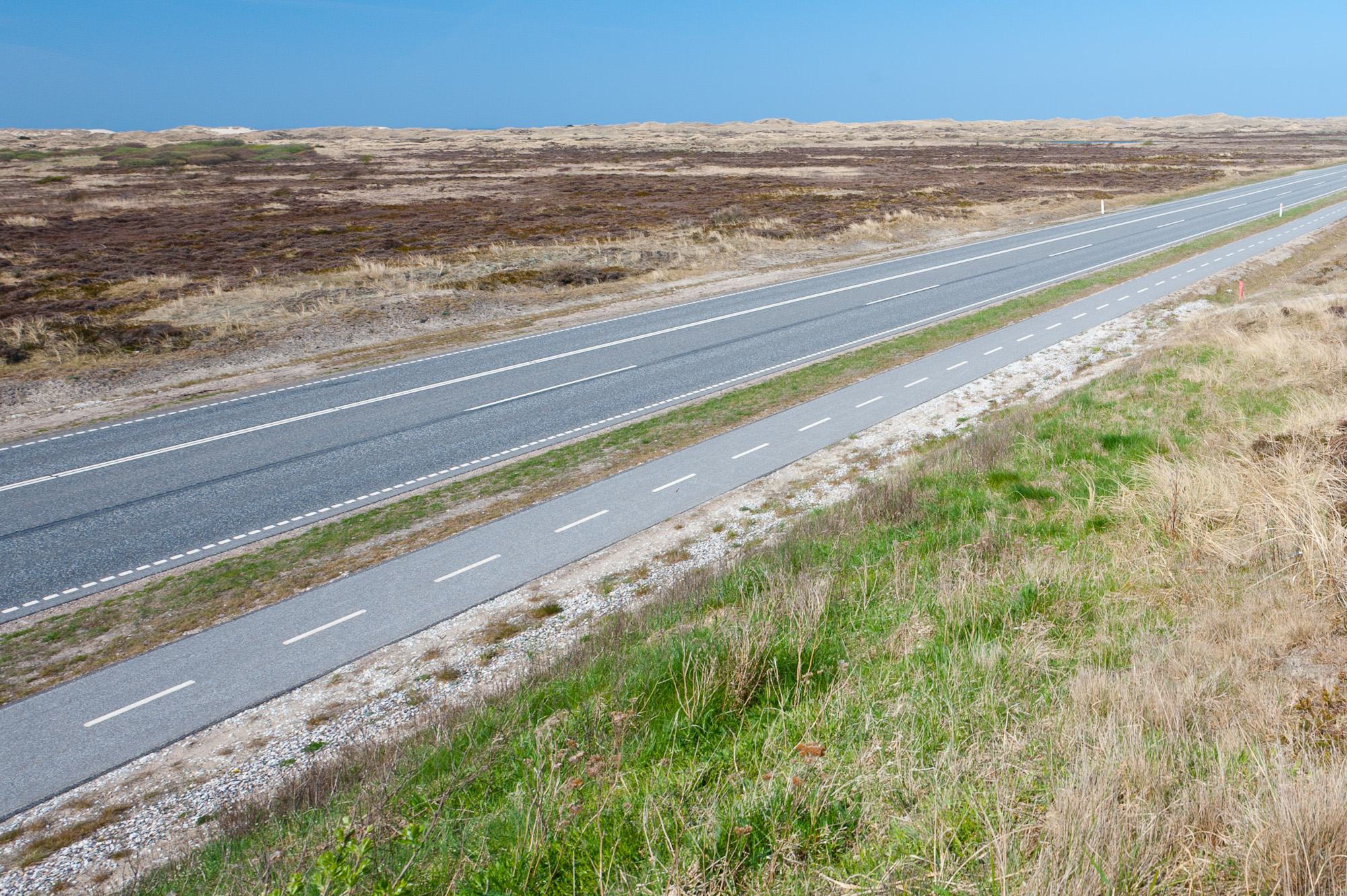|
Headwind And Tailwind
A tailwind is a wind that blows in the direction of travel of an object, while a headwind blows against the direction of travel. A tailwind increases the object's speed and reduces the time required to reach its destination, while a headwind has the opposite effect. The terms are also used metaphorically in business and elsewhere about circumstances where progress is made harder (headwind) or easier (tailwind). Travel In aeronautics, a headwind is favorable in takeoffs and landings because an airfoil moving into a headwind is capable of generating greater lift than the same airfoil moving through tranquil air, or with a tailwind, at equal ground speed. As a result, aviators and air traffic controllers commonly choose to take off or land in the direction of a runway that will provide a headwind. Aircraft carriers usually turn into the wind during takeoffs and landings, and may increase their own speed. While on take-off and landing, headwinds are good because they allow the ... [...More Info...] [...Related Items...] OR: [Wikipedia] [Google] [Baidu] |
Wind
Wind is the natural movement of air or other gases relative to a planet's surface. Winds occur on a range of scales, from thunderstorm flows lasting tens of minutes, to local breezes generated by heating of land surfaces and lasting a few hours, to global winds resulting from the difference in absorption of solar energy between the climate zones on Earth. The two main causes of large-scale atmospheric circulation are the differential heating between the equator and the poles, and the rotation of the planet ( Coriolis effect). Within the tropics and subtropics, thermal low circulations over terrain and high plateaus can drive monsoon circulations. In coastal areas the sea breeze/land breeze cycle can define local winds; in areas that have variable terrain, mountain and valley breezes can prevail. Winds are commonly classified by their spatial scale, their speed and direction, the forces that cause them, the regions in which they occur, and their effect. Winds have va ... [...More Info...] [...Related Items...] OR: [Wikipedia] [Google] [Baidu] |
Road Bicycle Racing
Road bicycle racing is the cycle sport discipline of road cycling, held primarily on paved roads. Road racing is the most popular professional form of bicycle racing, in terms of numbers of competitors, events and spectators. The two most common competition formats are mass start events, where riders start simultaneously (though sometimes with a handicap) and race to a set finish point; and time trials, where individual riders or teams race a course alone against the clock. Stage races or "tours" take multiple days, and consist of several mass-start or time-trial stages ridden consecutively. Professional racing originated in Western Europe, centred in France, Spain, Italy and the Low Countries. Since the mid-1980s, the sport has diversified, with races held at the professional, semi-professional and amateur levels, worldwide. The sport is governed by the Union Cycliste Internationale (UCI). As well as the UCI's annual World Championships for men and women, the biggest even ... [...More Info...] [...Related Items...] OR: [Wikipedia] [Google] [Baidu] |
Anemometer
In meteorology, an anemometer () is a device that measures wind speed and direction. It is a common instrument used in weather stations. The earliest known description of an anemometer was by Italian architect and author Leon Battista Alberti (1404–1472) in 1450. History The anemometer has changed little since its development in the 15th century. Alberti is said to have invented it around 1450. In the ensuing centuries numerous others, including Robert Hooke (1635–1703), developed their own versions, with some mistakenly credited as its inventor. In 1846, John Thomas Romney Robinson (1792–1882) improved the design by using four hemispherical cups and mechanical wheels. In 1926, Canadian meteorologist John Patterson (1872–1956) developed a three-cup anemometer, which was improved by Brevoort and Joiner in 1935. In 1991, Derek Weston added the ability to measure wind direction. In 1994, Andreas Pflitsch developed the sonic anemometer. Velocity anemometers Cup anemom ... [...More Info...] [...Related Items...] OR: [Wikipedia] [Google] [Baidu] |
Windsock
A windsock (also called a wind cone) is a conical textile tube that resembles a giant sock. It can be used as a basic indicator of wind speed and direction, or as decoration. They are typically used at airports to show the direction and strength of the wind to pilots, and at chemical plants where there is risk of gaseous leakage. They are also sometimes located alongside highways at windy locations. At many airports, windsocks are externally or internally lit at night. Function Wind direction is the direction in which the windsock is pointing. (Wind directions are conventionally specified as the compass point from which the wind originates; so a windsock pointing due north indicates a southerly wind). Wind speed is indicated by the windsock's angle relative to the mounting pole; in low winds it droops; in high winds it flies horizontally. Alternating stripes of high visibility orange and white were initially used to help to estimate wind speed, with each stripe adding 3 kn ... [...More Info...] [...Related Items...] OR: [Wikipedia] [Google] [Baidu] |
Triple Jump
The triple jump, sometimes referred to as the hop, step and jump or the hop, skip and jump, is a track and field event, similar to the long jump. As a group, the two events are referred to as the "horizontal jumps". The competitor runs down the track and performs a hop, a bound and then a jump into the sand pit. The triple jump was inspired by the ancient Olympic Games and has been a modern Olympics event since the Games' inception in 1896. According to World Athletics rules, "the hop shall be made so that an athlete lands first on the same foot as that from which he has taken off; in the step he shall land on the other foot, from which, subsequently, the jump is performed." The current male world record holder is Jonathan Edwards of the United Kingdom, with a jump of . The current female world record holder is Yulimar Rojas of Venezuela, with a jump of . History Historical sources on the ancient Olympic Games occasionally mention jumps of 15 meters or more. This led spo ... [...More Info...] [...Related Items...] OR: [Wikipedia] [Google] [Baidu] |
Long Jump
The long jump is a track and field event in which athletes combine speed, strength and agility in an attempt to leap as far as possible from a takeoff point. Along with the triple jump, the two events that measure jumping for distance as a group are referred to as the "horizontal jumps". This event has a history in the ancient Olympic Games and has been a modern Olympic event for men since the first Olympics in 1896 and for women since 1948. Rules At the elite level, competitors run down a runway (usually coated with the same rubberized surface as running tracks, crumb rubber or vulcanized rubber, known generally as an all-weather track) and jump as far as they can from a wooden or synthetic board, 20 centimetres or 8 inches wide, that is built flush with the runway, into a pit filled with soft damp sand. If the competitor starts the leap with any part of the foot past the foul line, the jump is declared a foul and no distance is recorded. A layer of plasticine ... [...More Info...] [...Related Items...] OR: [Wikipedia] [Google] [Baidu] |
Metre Per Second
The metre per second is the unit of both speed (a scalar quantity) and velocity (a vector quantity, which has direction and magnitude) in the International System of Units (SI), equal to the speed of a body covering a distance of one metre in a time of one second. The SI unit symbols are m/s, m·s−1, m s−1, or . Sometimes it is abbreviated as "mps". Conversions is equivalent to: : = 3.6 km/h (exactly) : ≈ 3.2808 feet per second (approximately) : ≈ 2.2369 miles per hour (approximately) : ≈ 1.9438 knots (approximately) 1 foot per second = (exactly) 1 mile per hour = (exactly) 1 km/h = (exactly) Relation to other measures The benz, named in honour of Karl Benz, has been proposed as a name for one metre per second. Although it has seen some support as a practical unit, primarily from German sources, it was rejected as the SI unit of velocity and has not seen widespread use or acceptance. Unicode character The "metre per second" symbol is encoded by ... [...More Info...] [...Related Items...] OR: [Wikipedia] [Google] [Baidu] |
Wind Assistance
In track and field, wind assistance is the benefit that an athlete receives during a race or event as registered by a wind gauge. Wind is one of many forms of weather that can affect sport. Due to a tailwind helping to enhance the speed of the athlete in events like certain sprint races (100 and 200 metres), 100/110 metres hurdles, the triple jump and the long jump, there is a limit to how much assisting wind the athlete may perform under if the performance is to establish a record. If a tail wind exceeds the result cannot be registered as a record on any level. However, the results within that competition still are valid because all athletes in a race would get equal assistance, and in field events it is just the luck of the circumstance at the moment of the attempt. The wind assistance maximums are only in regard to the validation of a record. The exceptions are the combined events like heptathlon and decathlon. Here, the total score may be accepted even though some of the r ... [...More Info...] [...Related Items...] OR: [Wikipedia] [Google] [Baidu] |
Sprint (running)
Sprinting is running over a short distance at the top-most speed of the body in a limited period of time. It is used in many sports that incorporate running, typically as a way of quickly reaching a target or goal, or avoiding or catching an opponent. Human physiology dictates that a runner's near-top speed cannot be maintained for more than 30–35 seconds due to the depletion of phosphocreatine stores in muscles, and perhaps secondarily to excessive metabolic acidosis as a result of anaerobic glycolysis. In athletics and track and field, sprints (or dashes) are races over short distances. They are among the oldest running competitions, being recorded at the Ancient Olympic Games. Three sprints are currently held at the modern Summer Olympics and outdoor World Championships: the 100 metres, 200 metres, and 400 metres. At the professional level, sprinters begin the race by assuming a crouching position in the starting blocks before driving forward and gradually moving int ... [...More Info...] [...Related Items...] OR: [Wikipedia] [Google] [Baidu] |
Running
Running is a method of terrestrial locomotion allowing humans and other animals to move rapidly on foot. Running is a type of gait characterized by an aerial phase in which all feet are above the ground (though there are exceptions). This is in contrast to walking, where one foot is always in contact with the ground, the legs are kept mostly straight and the center of gravity vaults over the stance leg or legs in an inverted pendulum fashion.Biewener, A. A. 2003. Animal Locomotion. Oxford University Press, US. books.google.com/ref> A feature of a running body from the viewpoint of spring-mass mechanics is that changes in kinetic and potential energy within a stride occur simultaneously, with energy storage accomplished by springy tendons and passive muscle elasticity. The term running can refer to any of a variety of speeds ranging from jogging to Sprint (running), sprinting. Running in humans is associated with improved health and life expectancy. It is assumed that the ance ... [...More Info...] [...Related Items...] OR: [Wikipedia] [Google] [Baidu] |
Wind Indicator In Long Jump Area At TNT - Fortuna Meeting In Kladno 16June2010 118
Wind is the natural movement of air or other gases relative to a planet's surface. Winds occur on a range of scales, from thunderstorm flows lasting tens of minutes, to local breezes generated by heating of land surfaces and lasting a few hours, to global winds resulting from the difference in absorption of solar energy between the climate zones on Earth. The two main causes of large-scale atmospheric circulation are the differential heating between the equator and the poles, and the rotation of the planet (Coriolis effect). Within the tropics and subtropics, thermal low circulations over terrain and high plateaus can drive monsoon circulations. In coastal areas the sea breeze/land breeze cycle can define local winds; in areas that have variable terrain, mountain and valley breezes can prevail. Winds are commonly classified by their spatial scale, their speed and direction, the forces that cause them, the regions in which they occur, and their effect. Winds have various asp ... [...More Info...] [...Related Items...] OR: [Wikipedia] [Google] [Baidu] |
Cycling In Denmark
Cycling in Denmark is both a common and popular recreational and utilitarian activity. Bicycling infrastructure is a dominant feature of both city and countryside infrastructure with segregated dedicated bicycle paths and lanes in many places and the network of 11 Danish National Cycle Routes (along with many regional routes) extends more than nationwide. Often bicycling and bicycle culture in Denmark is compared to the Netherlands as a bicycle-nation. Infrastructure Cycle paths and lanes There are an estimated of segregated dedicated bicycle paths and lanes in Denmark and the four biggest cities alone account for more than with in Aalborg, in Odense, in Aarhus and in Copenhagen. Cycle paths are often raised above the shoulder of the road and separated by a curb, but on older roads it is more common to have a cycle lane separated by a thick white line and sometimes the lane may be marked by coloured asphalt. Massive infrastructure investments are taking place to ... [...More Info...] [...Related Items...] OR: [Wikipedia] [Google] [Baidu] |







.jpg)

